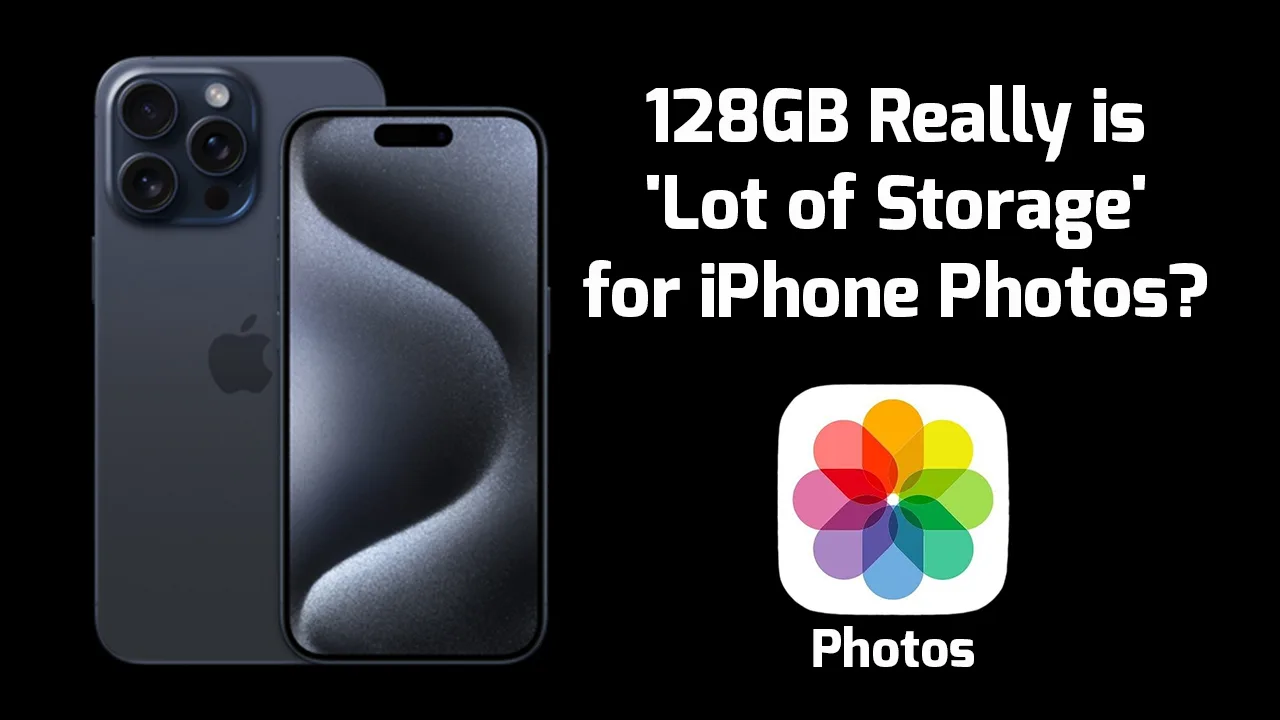7 Best Camera Phones: Top Picks & Expert Photography
When it comes to picking the best camera phones, we take a look beyond just hardware specs. How your photos turn out is equally important. That’s why we subject cameras to rigorous testing to see how they benefit from photo-processing features and computational photography. Every phone we test goes through head-to-head photo face-offs to see how its camera output compares to its closest competitors.
Our head-to-head camera testing covers photos in various conditions – outdoors, low-light, portrait shots, selfies, and more. This helps us identify camera phones that combine the best sensors with computational photography and AI to capture the best possible light, color, and detail in every scenario. All these comparisons also allow us to confidently highlight what we determine to be the best camera phones.
Our latest top pick is the iPhone 15 Pro Max, which narrowly beats out the Galaxy S24 Ultra in our 200-photo camera face-off. (Looking for more camera comparisons? We’ve also conducted 200-photo camera face-offs with the Galaxy S24 Ultra vs. Pixel 8 Pro as well as the standard iPhone 15 vs. Galaxy S24.)
So, if you’re looking for the best camera phone, don’t just rely on specs. Check out camera shootouts and reviews from trusted sources!
The Best Camera Phones You Can Buy Today
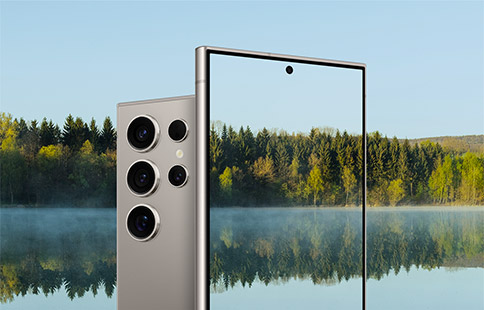
Samsung Galaxy S24 Ultra: Practical Features and Sharp Results
Samsung’s inclusion of AI tools for photo editing, such as generative AI-powered subject resizing and movement, enhances photo manipulation capabilities. These features are also available on Samsung’s more affordable S24 models and recent Galaxy S23 phones. Despite these advancements, the iPhone 15 Pro Max’s overall camera performance maintains an edge over the Galaxy S24 Ultra.
The Galaxy S24 Ultra delivers camera performance consistent with recent Galaxy S Ultra iterations. While its camera setup remains largely unchanged, larger pixels enhance light capture, resulting in brighter colors in images. Notably, one telephoto lens transitioned to a 50MP sensor, enhancing detail in zoom shots but reducing optical zoom from 10x to 5x. However, the S24 Ultra can still achieve 10x zoom via image cropping, albeit with some softness in comparison to its predecessor.
Specifications
Display size: 6.8-inch Dynamic AMOLED (3120 x 1440)
CPU: Snapdragon 8 Gen 3
RAM: 12GB
Storage / Expandable: 256GB, 512GB, 1TB / No
Rear cameras: 200MP main (f/1.7), 12MP ultrawide (f/2.2), 50MP 5x telephoto (f/3.4), 10MP 3x telephoto (f/2.4)
Front camera: 12MP (f/2.2)
Weight: 8.2 ounces
Battery life: 16:45 (adaptive)
Reasons to Buy:
Practical AI features
Sharp main camera
Long-lasting battery
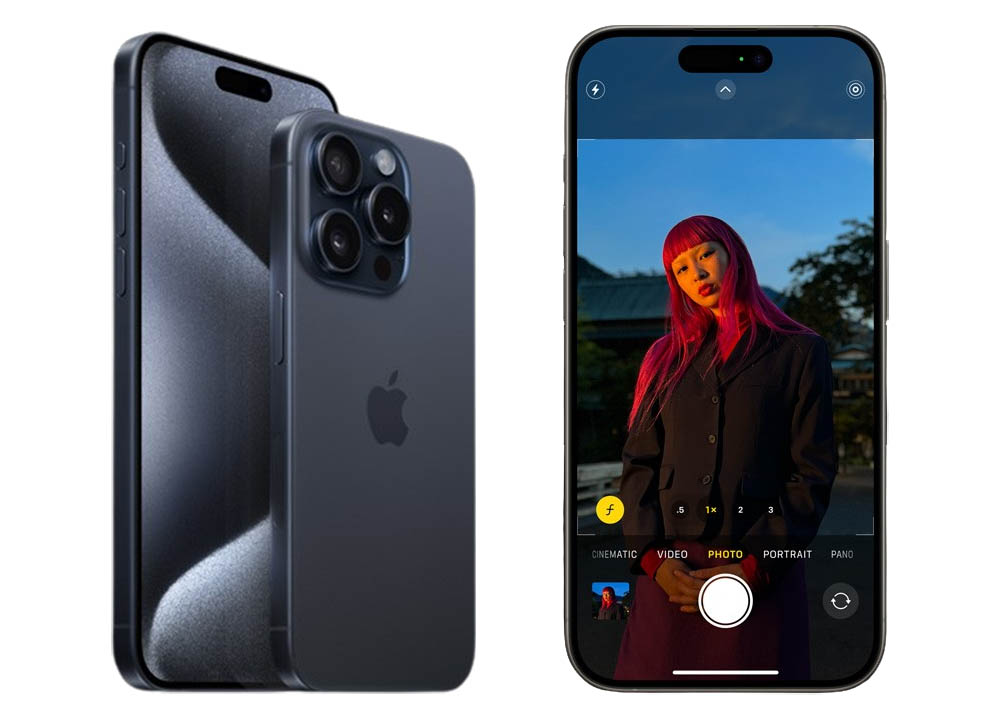
iPhone 15 Pro Max: The Zoom King
The iPhone 15 Pro Max stands out not only for its improved zoom lens but also for the comprehensive enhancements Apple has bestowed upon its premium phone’s photo capabilities. Smart HDR receives an update bolstering dynamic range, while portrait and low-light shots benefit from software-powered improvements. This device excels in portrait shots and low-light photography, surpassing Samsung’s premier camera phone.
The highlight of the iPhone 15 Pro Max is its enhanced zoom lens, featuring a tetraprism design enabling a 5x zoom compared to the iPhone 15 Pro’s 3x zoom. While the Galaxy S24 Ultra boasts a 5x telephoto lens, it utilizes cropping and a high-resolution sensor for up to 10x zoom. Despite the S24 Ultra’s slightly greater zoom range, the iPhone 15 Pro Max’s camera prowess, from the anti-reflective coating on the ultrawide lens to stellar video capture quality, makes it the ultimate choice for iPhone enthusiasts seeking top-tier camera performance.
Specifications
Display size: 6.7-inch OLED (2796 x 1290)
CPU: A17 Pro
RAM: 8GB
Storage / Expandable: 256GB, 512GB, 1TB / No
Rear cameras: 48MP (f/1.78) main with 2x optical zoom, 12MP (f/2.2) ultrawide, 12MP (f/2.8) telephoto with 5x optical zoom
Front camera: 12MP (f/1.9)
Weight: 7.8 ounces
Battery life: 14:02
Reasons to Buy:
Longer 5x zoom
Best-in-class A17 Pro chip
Super-long battery life
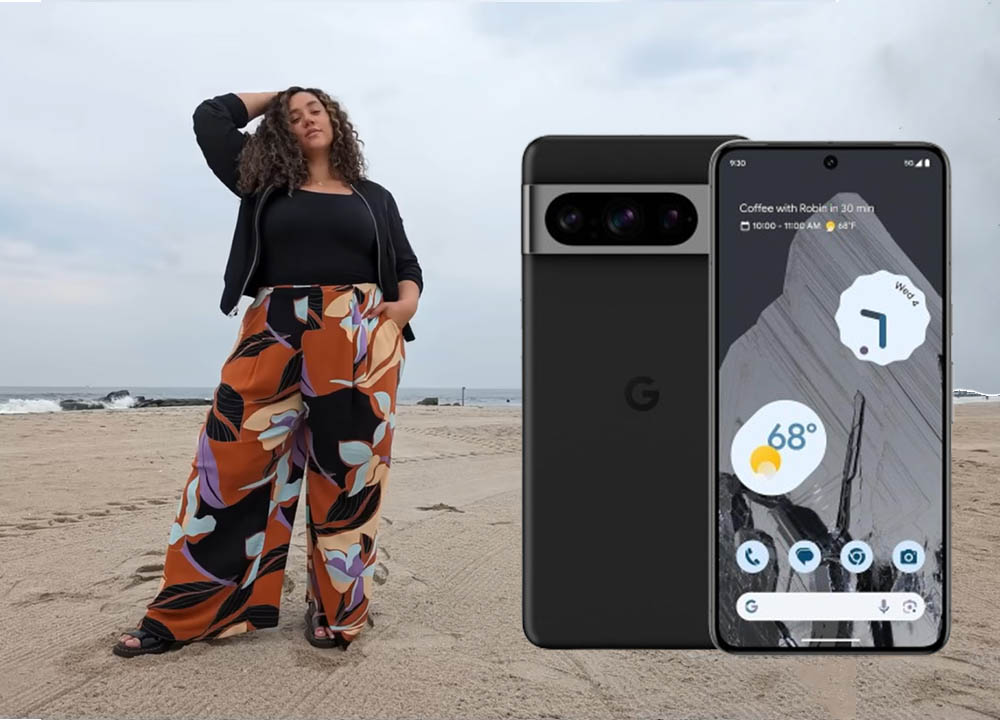
Google Pixel 8 Pro: AI Powerhouse with Unique Features
Following closely behind the iPhone 15 Pro Max is Google’s Pixel 8 Pro, the latest flagship offering from the tech giant. This device builds upon its predecessor’s strengths while showcasing the future of smartphone photography with AI-driven experiences. The Pixel 8 Pro retains a similar triple camera setup but introduces the Tensor G3 chip, enabling innovative features like Best Take, Magic Editor, and Audio Magic Eraser. Additionally, the Pixel 8 Pro debuts Pro Controls, granting users advanced settings reminiscent of dedicated mirrorless cameras.
A standout feature of the Pixel 8 Pro is its integration of Google AI, evident in the natural-sounding Google Assistant during call screenings and contextual responses. Moreover, the device boasts a brighter display and remarkable camera features, positioning it as a formidable competitor in the smartphone photography realm.
Specifications
Display: 6.7-inch OLED (2992 x 1334; 1-120Hz)
CPU: Tensor G3
RAM: 12GB
Storage / Expandable: 128GB, 256GB, 512GB, 1TB / No
Rear cameras: 50MP (f/1.68) main, 48MP (f/1.95) ultrawide, 48MP (f/2.8) telephoto with 5x optical zoom
Front camera: 10.5MP (f/2.2)
Weight: 7.5 ounces
Battery life: 10:03
Reasons to Buy:
Incredible camera features
Unique AI-assisted experiences
Much brighter display
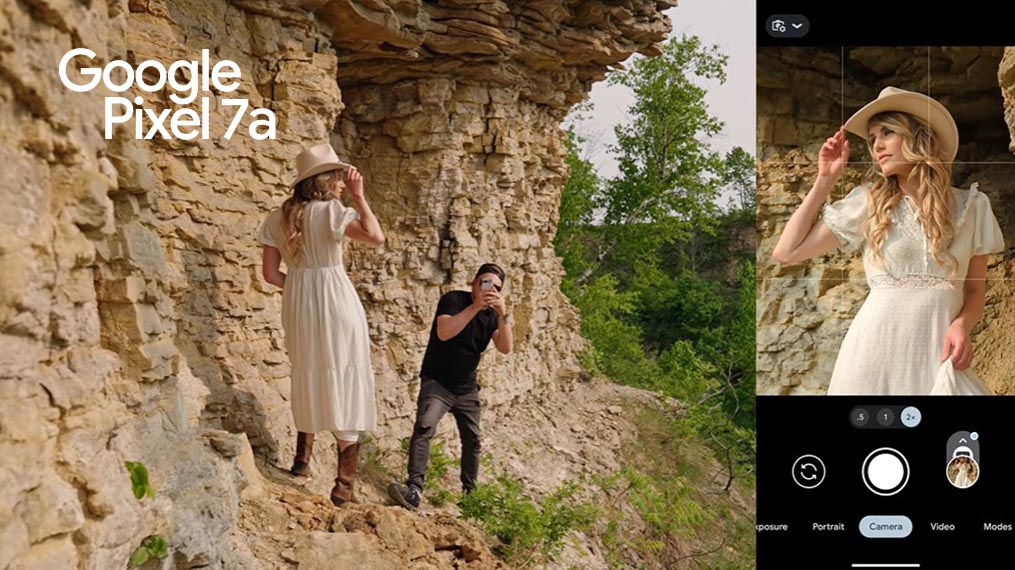
Google Pixel 7a: Budget-Friendly with Excellent Photos
Continuing Google’s tradition of offering exceptional camera experiences with Pixel A phones, the Pixel 7a boasts noteworthy improvements in both hardware and computational photography. Featuring a 64MP main sensor—a significant upgrade from its predecessor—the Pixel 7a captures more detail and light, resulting in outstanding low-light performance and top-tier portrait mode capabilities.
Powered by the Tensor G2 chipset, this device incorporates advanced photo features such as the Magic Eraser tool and Photo Unblur. Despite its tendency to favor darker colors in certain scenarios, the Pixel 7a’s stellar camera performance, combined with a vibrant 6.1-inch display, makes it an excellent choice for budget-conscious consumers.
Specifications
Display size: 6.1-inch OLED (2400 x 1080)
CPU: Tensor G2
RAM: 8GB
Storage / Expandable: 128GB / No
Rear cameras: 64MP main (f/1.89), 13MP ultrawide (f/2.2)
Front camera: 13MP (f/2.2)
Weight: 6.8 ounces
Battery life: 10:05
Reasons to Buy:
Upgraded 64MP main camera
Tensor G2 chip powers excellent photo features
Bright 90Hz display
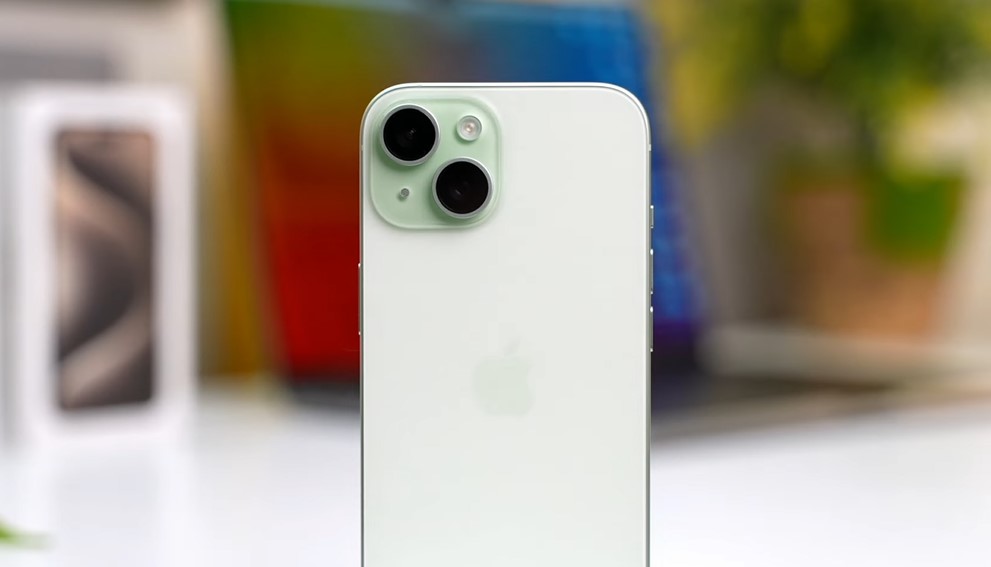
iPhone 15: Big Leap, Big Savings
The iPhone 15 represents a significant leap forward, inheriting the 48MP main camera from the iPhone 14 Pro lineup. This main camera not only captures detailed shots but also supports 2x zoom without compromising image quality. With enhancements such as improved Smart HDR, portrait mode, and Night Sight, the iPhone 15 delivers exceptional camera performance at a more accessible price point compared to the Pro models.
Boasting excellent main camera performance, outstanding battery life, and a brighter Super Retina XDR display, the iPhone 15 offers premium camera features at a relatively lower cost.
Specifications
Display size: 6.1-inch OLED (2556 x 1179)
CPU: A16 Bionic
RAM: 6GB
Storage / Expandable: 128GB, 256GB, 512GB, 1TB / No
Rear cameras: 48MP (f/1.6) main with 2x zoom, 12MP (f/2.4) ultrawide
Front camera: 12MP (f/1.9)
Weight: 6 ounces
Battery life: 11:05
Reasons to Buy:
Excellent main camera performance
Outstanding battery life for its size
Brighter Super Retina XDR display
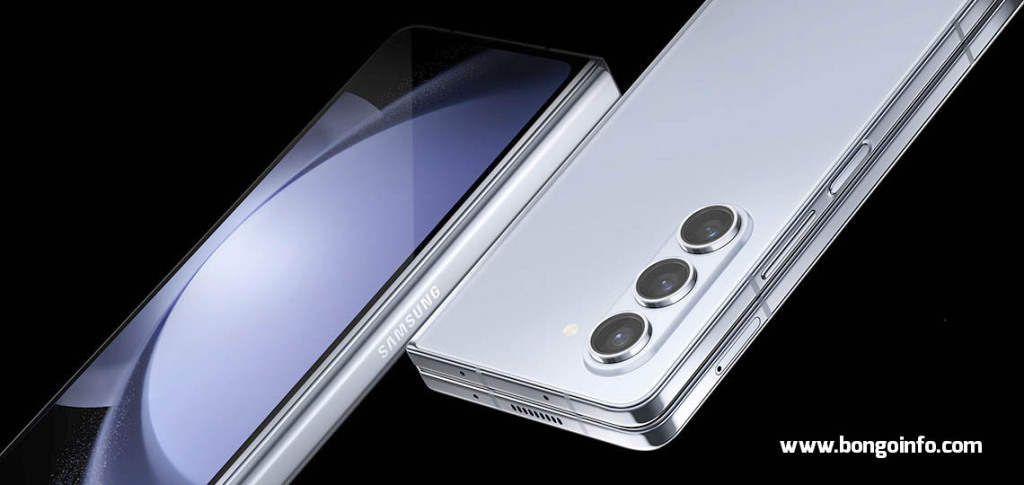
Samsung Galaxy Z Fold 5: Best Foldable Camera
The Samsung Galaxy Z Fold 5 competes closely with the Google Pixel Fold in the realm of foldable device photography. While the Pixel Fold excels in zooming and low-light situations, the Galaxy Z Fold 5 surpasses it with brighter, vibrant images. Leveraging the Snapdragon 8 Gen 2 chipset, the Galaxy Z Fold 5 maintains the camera setup of its predecessor, delivering impressive photo quality alongside the convenience of a folding design.
Boasting strong cameras, improved multitasking capabilities, and a redesigned interface for enhanced usability, the Galaxy Z Fold 5 offers a compelling option for users seeking innovative foldable technology with top-tier camera performance.
Specifications
Display: 7.6-inch AMOLED (2176 x 1812; 120Hz), inner; 6.2-inch AMOLED (2316 x 904; 120Hz), outer
CPU: Snapdragon 8 Gen 2 for Galaxy
RAM: 12GB
Storage: 256GB, 512GB, 1TB
Rear cameras: 50MP (f/1.8), 12MP ultrawide (f/2.2), 10MP telephoto (f/2.4) with 3x optical zoom
Front camera: 10MP (f/2.2), outer; 4MP (f/1.8), under-display
Weight: 8.9 ounces
Battery life: 11:15 (Adaptive) / 11:25 (60Hz)
Reasons to Buy:
Strong cameras
Improved multitasking
Redesigned interface enhances usability
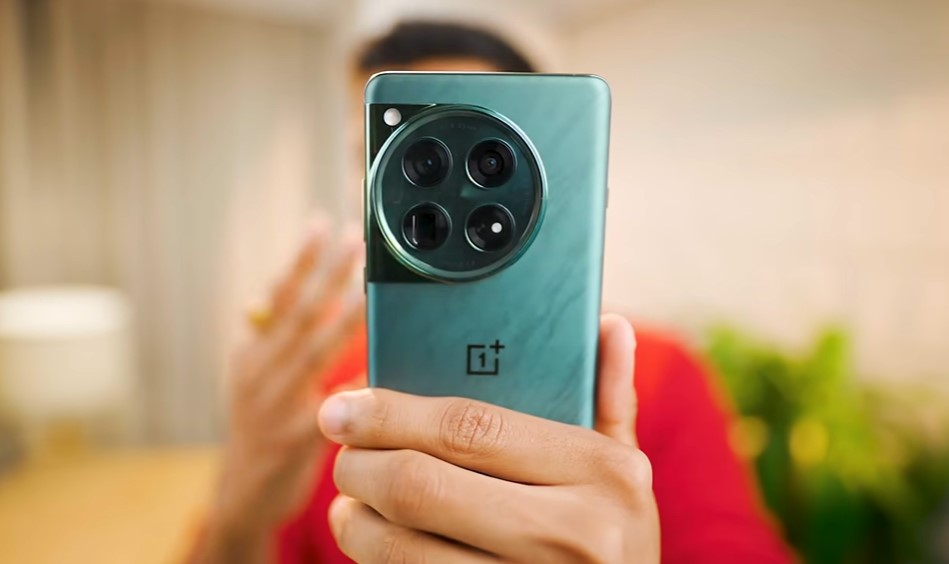
OnePlus 12: A Worthy Competitor and Rising Star
OnePlus has significantly improved its camera capabilities with the OnePlus 12, showcasing impressive image quality comparable to top-tier Samsung and Apple devices. The inclusion of a fourth-generation Hasselblad camera and a 64MP sensor for the telephoto lens results in sharper, more detailed zoom shots, enhancing the device’s camera versatility.
While the OnePlus 12 occasionally struggles with exposure in low-light conditions and lacks some AI-powered editing tools present in other flagship models, it offers a compelling option with its telephoto lens at a more affordable price point.
Specifications
Display size: 6.2-inch Dynamic AMOLED (2340 x 1080)
CPU: Snapdragon 8 Gen 3
RAM: 8GB
Storage / Expandable: 128GB, 256GB / No
Rear cameras: 50MP main (f/1.8), 12MP ultrawide (f/2.2), 10MP 3x telephoto (f/2.4)
Front camera: 12MP (f/2.2)
Weight: 5.9 ounces
Battery life: 13:28 (adaptive)
Reasons to Buy:
Clever Galaxy AI features
Bright, colorful photos
Better battery life than Galaxy S23
How to Pick the Best Camera Phone
Selecting the ideal camera phone involves considering various factors crucial to your photography preferences. Begin by identifying the types of photos you anticipate taking. Not all multi-lens cameras offer the same capabilities—some feature ultrawide lenses for captivating landscapes, while others boast telephoto lenses for zoomed-in portraits with shallow depth of field. The latest flagship models even incorporate periscope-style lenses enabling up to 10x lossless zoom, rivaling DSLR capabilities.
Additionally, prioritize aperture over megapixels when evaluating camera quality. Wider apertures (lower ƒ-stop numbers) allow for increased light intake, significantly enhancing low-light performance. While high-megapixel sensors are desirable, it’s essential to recognize that pixel count doesn’t inherently equate to superior image quality.
Consider whether you require portrait mode functionality for achieving bokeh backgrounds—a feature that sharpens the subject while artistically blurring the background. While initially exclusive to multi-camera setups, even budget-friendly phones like the iPhone SE 2022 now offer bokeh-effect portraits. Some devices even enable post-shot adjustment of blur intensity.
Front camera specifications shouldn’t be overlooked, especially with the growing prevalence of selfies. Many front cameras, such as those on the iPhone 14 and Pixel 7, replicate rear-camera portrait mode effects. Additionally, some phones feature dual front cameras—one capturing the subject, while the other captures background details, although this feature has diminished in popularity.
Finally, consider video capabilities, including resolution and frame rate. Although cameras primarily capture still images, video quality is equally important. Be mindful that higher resolutions result in larger video files, potentially consuming more storage space.
For an in-depth guide on selecting the best camera phone based on specific camera specs, refer to our comprehensive guide.
How We Test Camera Phones
Our camera phone evaluations entail comparing devices of comparable prices and capabilities through a series of head-to-head tests. We assess various shooting scenarios, including landscapes, indoor/outdoor environments, portraits, and selfies in different lighting conditions. Furthermore, we scrutinize each camera lens, including ultrawide-angle and telephoto lenses where applicable.
In addition to rear camera assessments, we evaluate front camera performance by capturing standard and portrait mode selfies. All photos are taken using each camera’s default settings to replicate the typical user experience.
Our reviews also consider special features like dual lenses and Portrait Modes before reaching conclusions. While camera testing is pivotal, our smartphone reviews encompass other aspects such as performance, battery life, and display quality.
For comprehensive smartphone reviews outlining performance, battery life, and display quality evaluations, refer to our guide on how we test and review smartphones.


